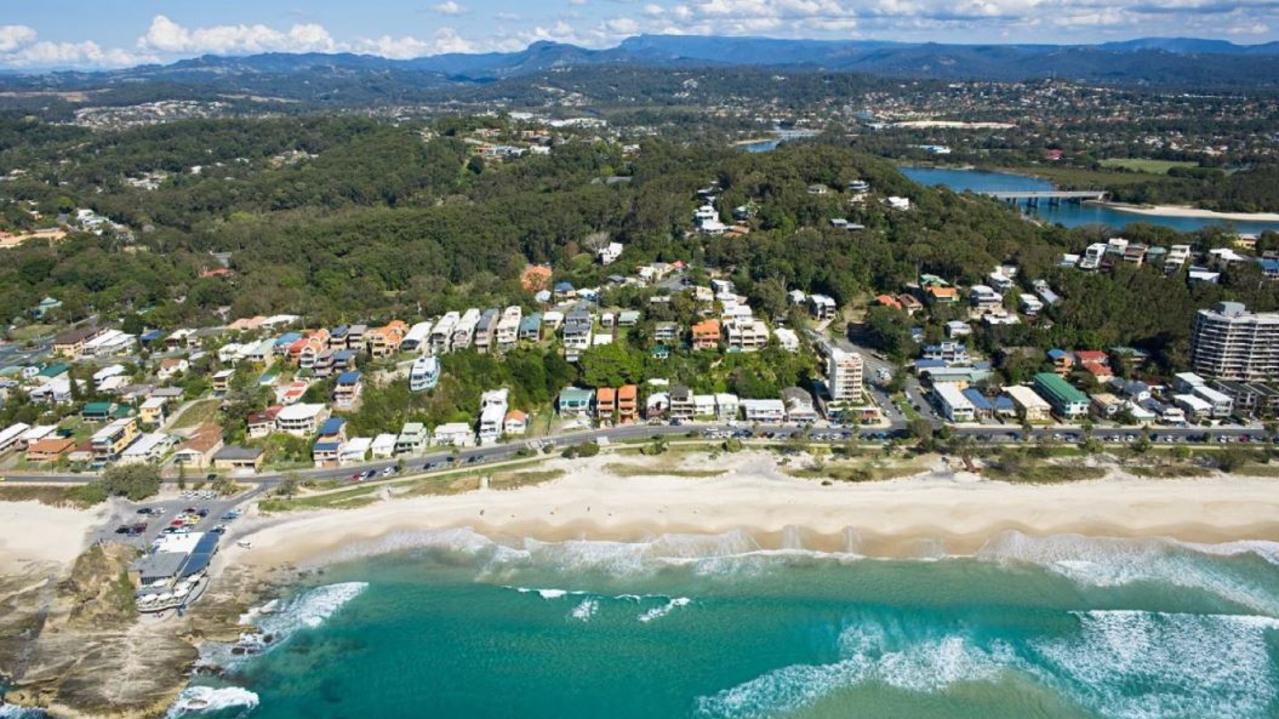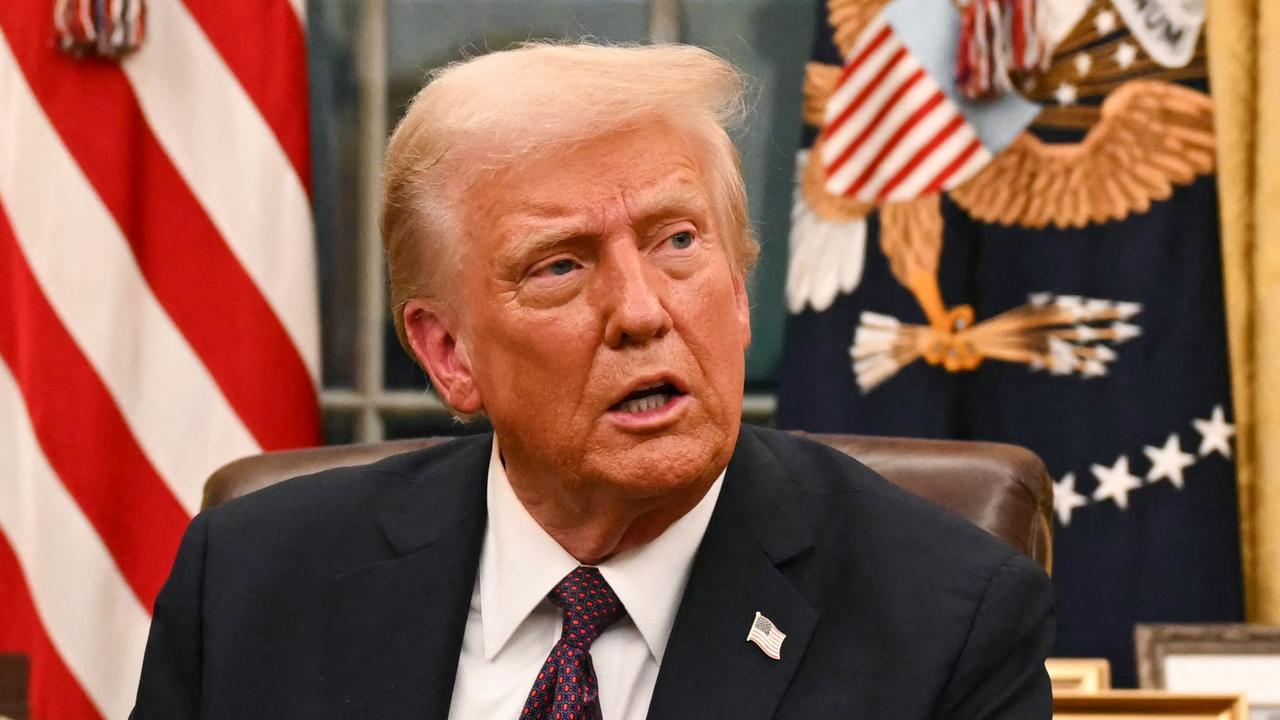Housing crisis: Brisbane house prices to surge 18pc by 2027
Brisbane house prices are predicted to surge another 18 per cent by mid-2027, led by strong migration and investment.
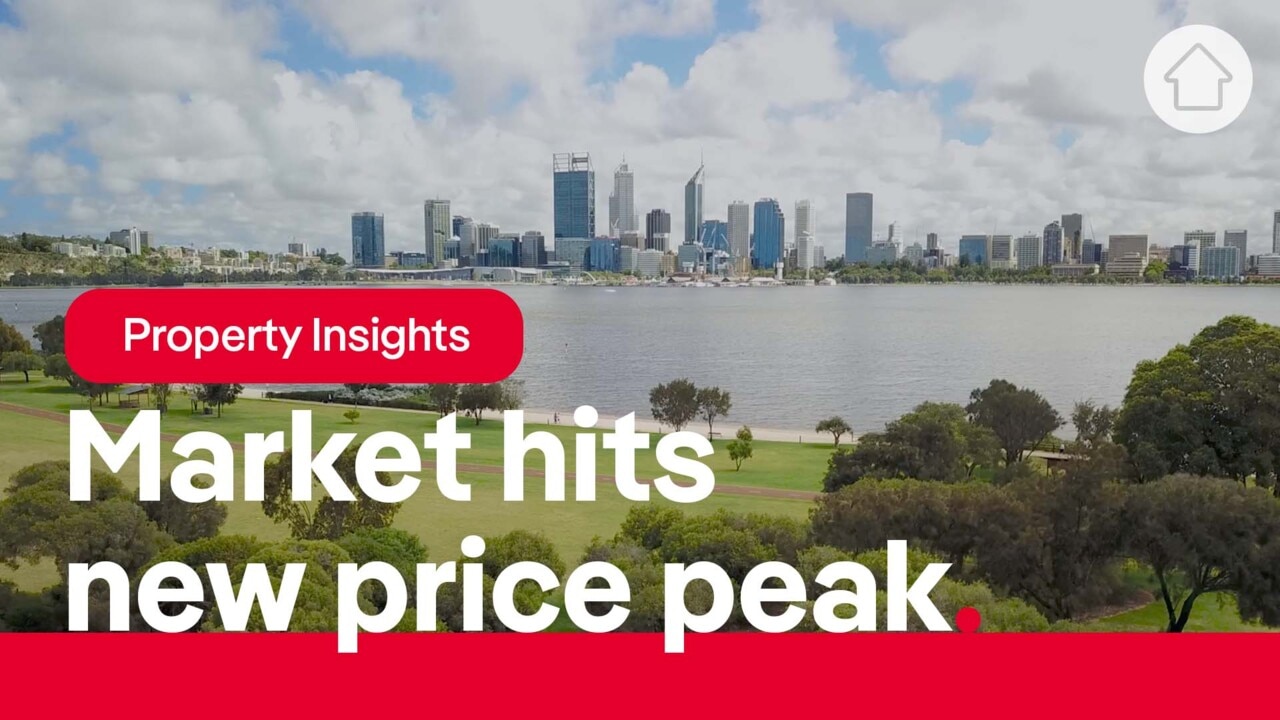
Property
Don't miss out on the headlines from Property. Followed categories will be added to My News.
BRISBANE house prices are predicted to surge another 18 per cent by mid-2027 led by strong migration and bright investment prospects, according to a leading economic forecaster.
The Oxford Economics Residential Property Prospects report, released today, reveals the city’s median unit price could jump even higher — more than 21 per cent — in three years.
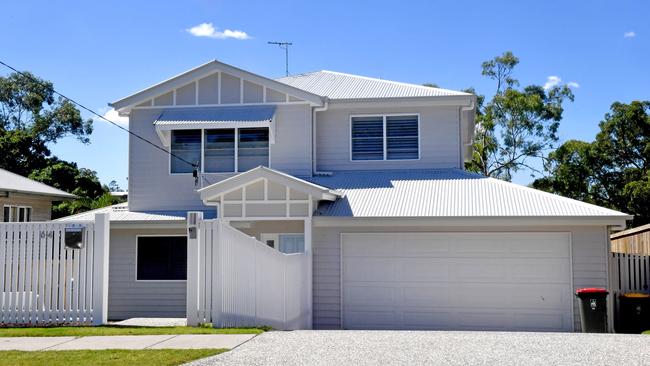
Oxford Economics senior economist Maree Kilroy said a huge 44 per cent of the median gross household income in Brisbane was dedicated to weekly mortgage repayments.
“It’s very much a demand exceeding supply story,” Ms Kilroy said. “Demand fundamentals are expected to remain strong, with Queensland positioned at the front of the pack in terms of population growth.
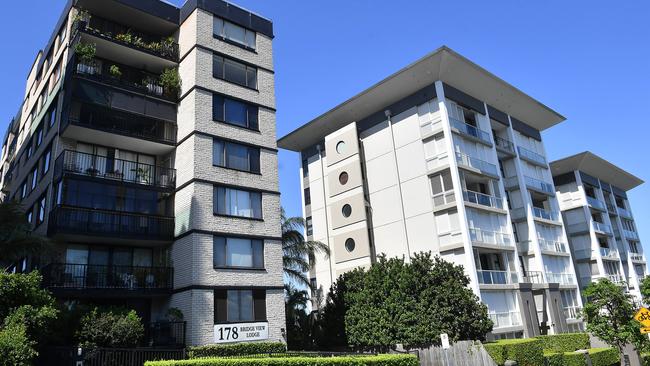
“Brisbane has a lot of infrastructure being built, and it’s got the Olympics, so optimism around potential returns for investment is quite bright.”
Ms Kilroy said the pace of price growth was expected to slow towards the second half of this year, but would likely accelerate again if interest rates are cut.
“The consensus is we have hit a peak for rates and I think that’s boosted buyer sentiment,” she said.
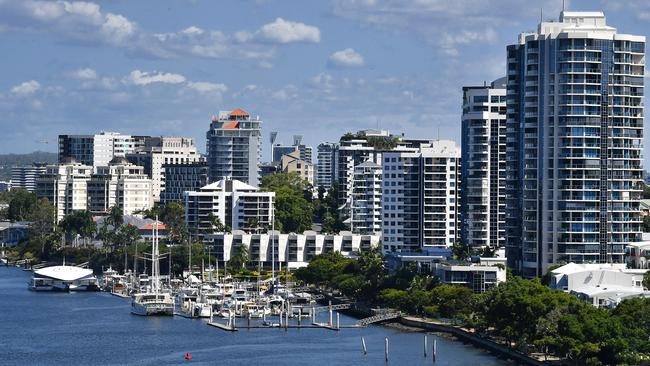
“We expected fiscal 2026 to be the peak for Brisbane (house prices). We’re expecting the median house price to grow around 7 per cent that year.
“We expect when rates start to come down, affordablity will improve for those where saving for a deposit isn’t an issue, but for first homebuyers it’s still a massive hurdle.”
PropTrack economist Eleanor Creagh said the demand/supply imbalance in Brisbane would continue to drive price growth.
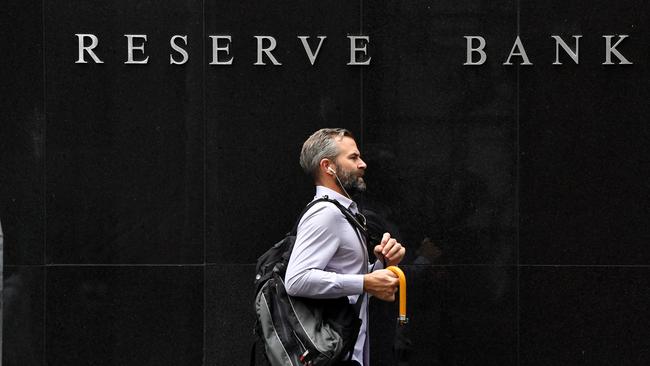
“While the expectation remains that rates will move lower later this year, we continue to see that demand/supply imbalance and prices continuing to rise in the months ahead,” Ms Creagh said.
“Affordability has deteriorated, so we might see the pace of growth slow in the winter months, but accelerate again later in the year.”
The latest ABS building approvals data for February shows soft apartment volumes in Queensland anchored a national decline of 1.9 per cent.
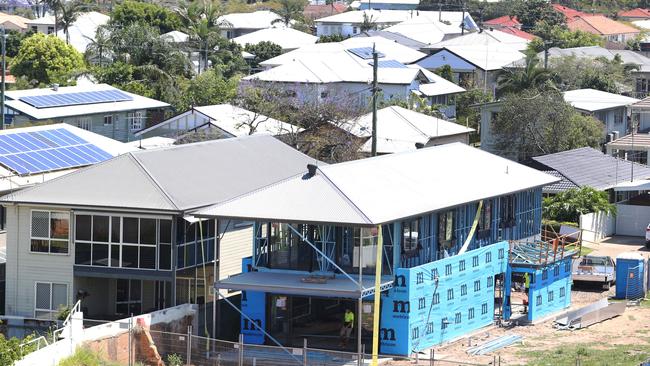
Master Builders Australia CEO Denita Wawn said the price of a new home for an owner-occupier was 4.9 per cent higher on average than a year ago.
“This is partly the result of cost pressures in the new home building market,” Ms Wawn said.
“Building approvals are too low, meaning more needs to be done to encourage new housing supply.
“Whether it’s detached housing or higher density, the same constraints apply, including planning restrictions, lack of capacity to undertake critical infrastructure so land is home-building ready, high taxes and charges, slow approval processes, and workforce shortages.”
Originally published as Housing crisis: Brisbane house prices to surge 18pc by 2027


